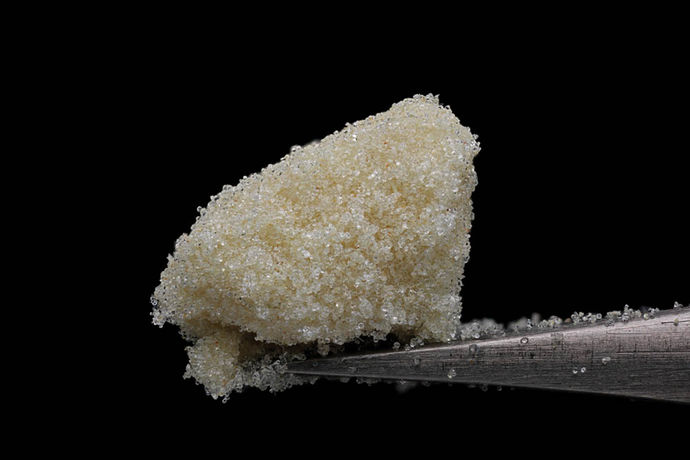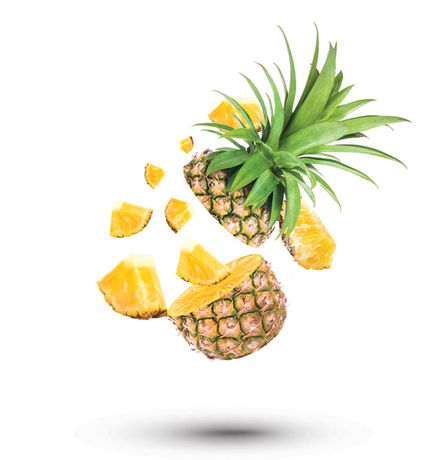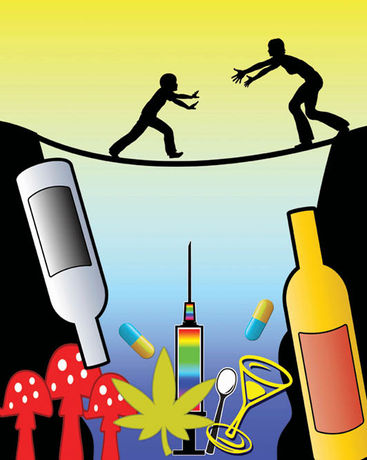If it has been more than 10 years since you’ve tried Cannabis, a trip to a modern-day dispensary might leave you a bit confused. Of course, you would recognize the green, leafy buds of the Cannabis plant, now referred to by budtenders as “flower.” But stashed beneath the glass and bright lights, you will also find a wide assortment of new products termed “concentrates.” These concentrates represent the fastest growing sector of Cannabis products, and come in a wide variety of forms, textures and viscosities, such as honey oil, Rick Simpson oil, diamonds, sauce, wax, budder, shatters, sugars and live resin (to name just a few). Each of these Cannabis-derived extracts contains refined and concentrated amounts of delta-9 tetrahydrocannabinol (THC), as well as other cannabinoids and terpenes also in concentrated amounts. The resulting finished products are challenging the traditional notions of what Cannabis is and how it should be regulated.
Maryland law defines a medical Cannabis concentrate as “a product derived from medical Cannabis that is kief, hashish, bubble hash, oil, wax, or other product, produced by extracting cannabinoids from the plant through the use of solvents; carbon dioxide; or heat, screens, presses or steam distillation.” According to new rules recently published by the Maryland Medical Cannabis Commission, an edible Cannabis product in Maryland cannot contain a concentrate or an infused product.
There are two main methods by which Cannabis concentrates are created: solvent-based and non-solvent-based extraction. The most popular solvents used today are butane, carbon dioxide, propane and alcohol. In solvent-based extraction, chemical solvents are used to separate resin glands containing the psychoactive compound THC from the Cannabis flower. In non-solvent extractions, water, temperature and pressure are the predominant factors for separating compounds.
Dabbing is the most popular way to consume Cannabis concentrates. Often referred to as “doing a dab” or “taking a dab hit,” this method of ingestion refers to the vaporization and consumption of a Cannabis concentrate. On average, a concentrate consumer might ingest a few inhalations between 60-80% THC, compared to smoking Cannabis flower which averages 10-25% THC. Not surprisingly, the increased potency makes dabbing more economical for most users, as less product needs to be consumed to reach optimal or desired effects. The effects of a dab usually come on stronger and quicker than smoking flower. Because of this, dabbing is often recommended for experienced or frequent smokers, due to the high potency of the product.
The difference in flavor between concentrates and flower is also pretty dramatic. Cannabis extracts not only concentrate cannabinoids in the finished product (such as THC, CBD, CBN, etc.), but also increase the amount of flavorful and beneficial terpenes (such as limonene, pinene and myrcene). Concentrate vaporization permits a Cannabis consumer to more clearly smell the parts of the plant that contribute to taste, such as the aroma from the terpenes, which usually evaporate at very low temperatures. These highly volatile gases can easily become overwhelmed when combustible plant matter is burned (which occurs while smoking flower).
Concentrates in Maryland can be consumed by medical Cannabis patients without civil or criminal penalty – within their 30-day recommended supply. But they still cannot be consumed in public or by non-medical patients without criminal penalty. Possession in Maryland of a concentrate in any amount, even below the civil penalty 10 gram limit, would constitute the misdemeanor criminal charge of possession of THC, which carries a penalty of up to one year in jail and up to a $5,000 fine.
It is not surprising that some states have tried to ban concentrates, or at least reduce the maximum percentage of THC that can be sold in any concentrate or infused product. States such as Washington, Arizona, and even Colorado have brought bills before the legislature to cap overall THC percentages in concentrates. While these state actions have alarmed Cannabis activists, they also demonstrate the need for more health studies before we decide that concentrates are as low-risk as traditional flower.










